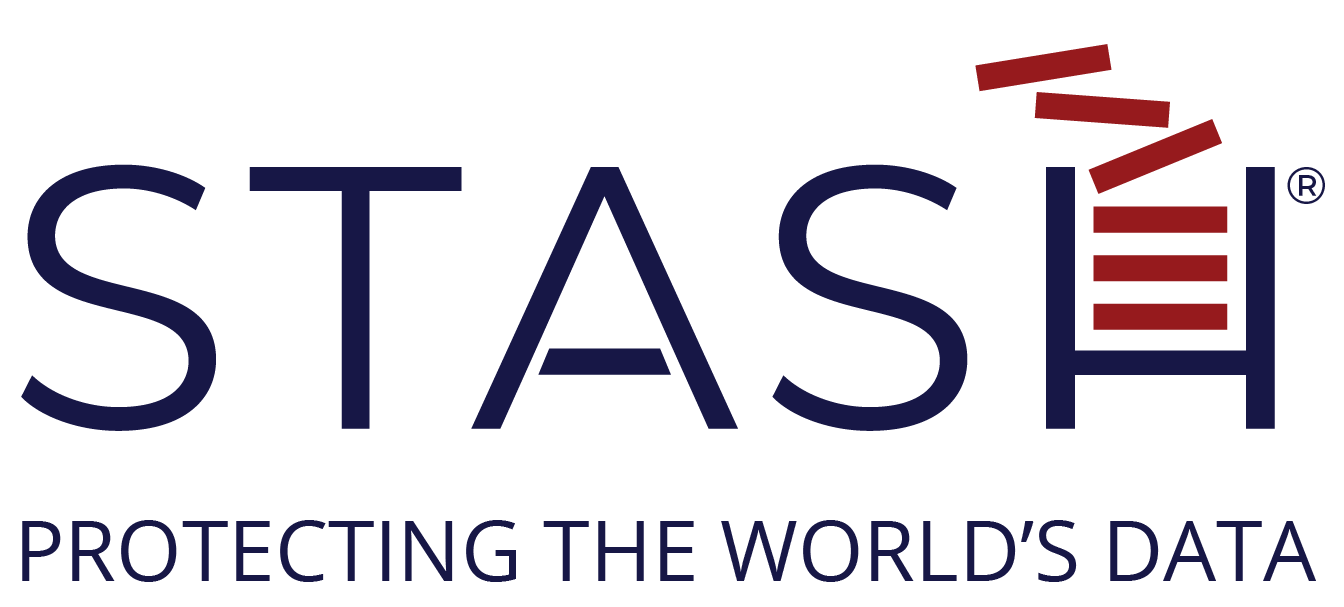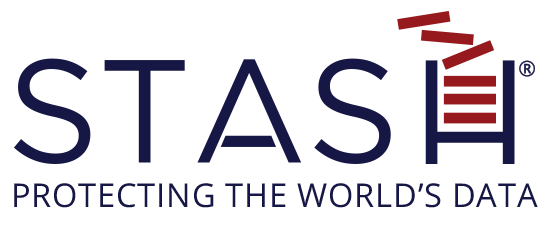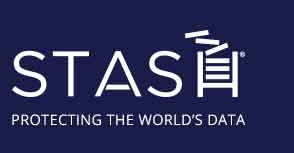By 2025, it is estimated that there will be 80+ Billion endpoints all connected to each other around the world. The idea that the world is getting smaller and smaller has never meant more, as the Internet of Things (IoT) makes for very close quarters .
As a direct result, the evolution and implications of data interaction and storage is moving more swiftly now, as the IoT and Big Data add new complexities and possibilities to the mix. We’ll save the implications of AI and ML for another time.
The Future Of Data
Though paper and other hard storage will be with us for years to come, it is likely that the economy, ease, positive ecological impact (if energy sources also continue to morph into less dependency on fossil fuels, amongst other influencers), and productivity enhancement of digital engagement and storage will continue to move the world to Cloud and other ‘soft’ storage methods.
Businesses have a great deal to gain from the IoT, but a more difficult pivot to a 100% digital environment compared to consumers, due to continued dependency on non-digital formats. Identifying what is really worth saving, categorizing into levels of confidentiality to store via a lower security digital method (less expense) vs. an impervious method (more expensive out of context, however measured against the billions in restitution, lost trust, revenues, customers, and lost brand integrity, the only savvy choice), is best done now with deliberate haste.
In many industries, highly confidential data that requires absolute security is usually about 20-30 percent of all data. Law Firms, Hospitals, Estate Planners, Dating Sites, and Accountants require 50-80% of their data be protected.
Digital Over Hard Storage
Studies comparing hard storage to digital storage both unsecured and secured, that include all the man hours for sorting, preparing to scan, scanning, and managing data when moving from a hard to a digital environment, prove digital to be cost effective in spades.
Already mostly digital? Drag and drop, upload, and secure backup are swift and efficient.
Somewhere down the line, we will all have the option of wearing embedded chips that hold the data we carry on our devices. On the surface, this seems like a stunning idea from an ease of use and ‘coolness’ perspective. But as all advancements do, this will bring the other side of the innovation coin to bear. New innovation? New ways to attempt to hack it.
The fact that the world continues to become uber connected via IoT, is both a blessing and a curse. Like the financial markets, when the IoT falters through compromised connections, a domino effect occurs. So it is with the data the IoT proliferates. As we’ve seen most acutely in the last 5 years or so, especially in the last 18 months, even companies who have what they believe are the most sophisticated means of data access, storage, and protection,
were easy targets for breach.
With IoT, the more connected your business is, the more a genuine security solution becomes an absolute.
No site is immune from being hacked.
There is only one way to genuinely protect data, and that’s protecting the data itself. As Gartner, Information Age, Wired and many others are writing about, data environments must evolve to be both resilient and unidentifiable on the inside (protected at the byte level) and iron clad vessels (protected on the outside), the latter to thwart casual and less experienced hackers.
Harvard Business Review reported on a survey that found 32% of respondents care about their data privacy, and nearly all of them would switch companies because of it. They want a genuinely private and secure technology that is simple to use but packs the kind of protective punch that makes data hacks yesterday’s problem – solved. An average 65% of the rest of the world feels the same.
People, whether business or consumer based, worry about 3 distinct things when it comes to their data: losing it, access by others (security),
not being able to get to it.
The solution is datacentric.
IoT is waiting. Secure your place in it. The sooner the better.


